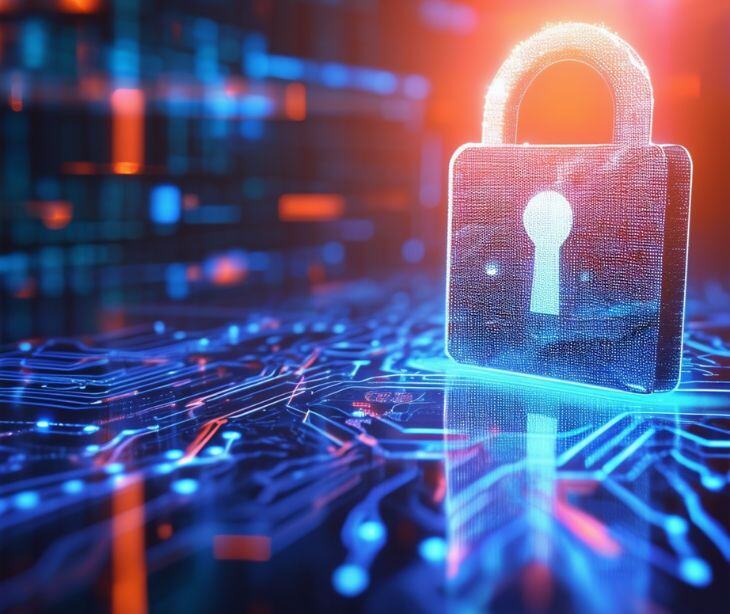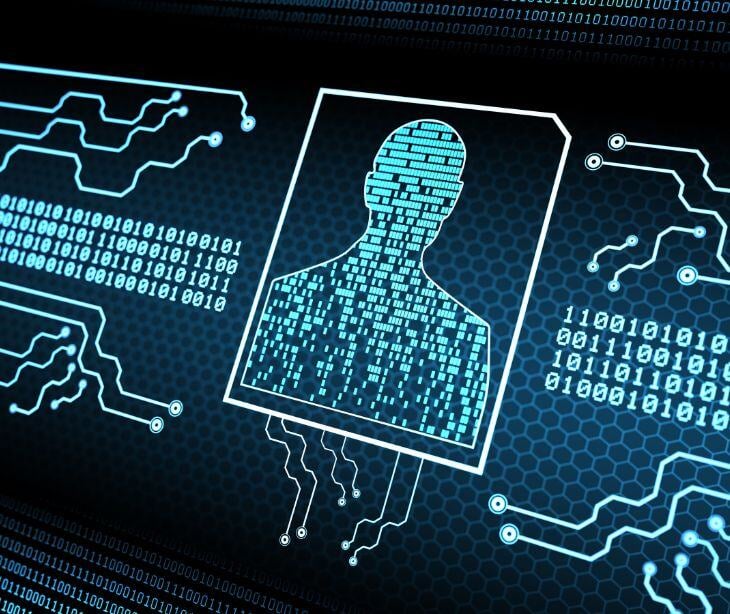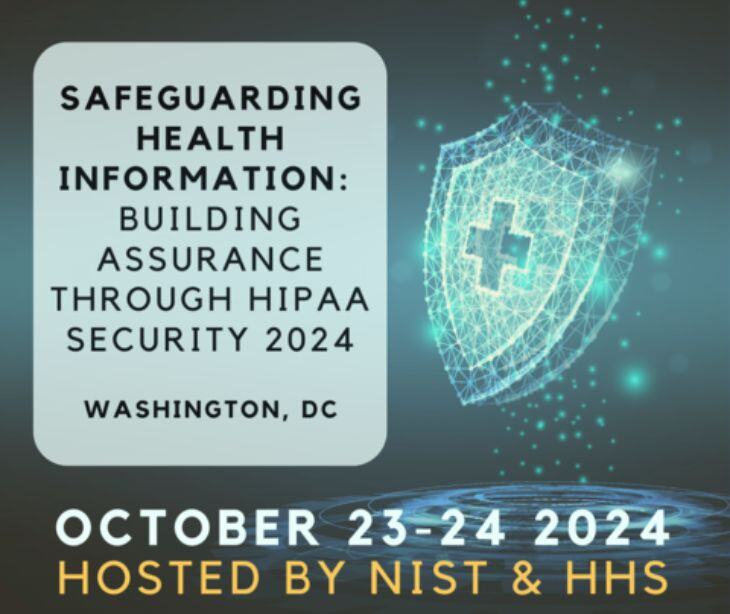
During the recent Safeguarding Health Information: Building Assurance through HIPAA Security conference, Rahul Gaitonde, HHS Cyber Security Operations Cyber Threat Intelligence Branch Chief, delivered the Healthcare Cybersecurity Threat Briefing.
Gaitonde delved into emerging technologies like quantum computing, artificial intelligence (AI), and changing regulations that will affect future cybersecurity trends. Organizations must anticipate and adapt to these changes to safeguard their data and infrastructure.
Quantum computing
Gaitonde specifically warned that a breakthrough called Shor’s Algorithm could eventually crack RSA-2048 encryption, a common online security standard. So, when quantum computers become powerful enough, traditional encryption could be rendered obsolete.
The immediate response to this risk, as pointed out by Gaitonde, is “the development and implementation of quantum-resistant cryptographic algorithms.” These encryption techniques resist quantum-based attacks, and their development is becoming the top priority for industries reliant on sensitive data protection.
AI-driven defenses
For Gaitonde, “AI-powered Security Operations Centers (SOCs) have shown promising results, significantly reducing response times to cyber threats.”
AI-driven SOCs accelerate threat detection and provide automated responses, containing breaches before they get out of control. Better response times can be especially useful in industries such as healthcare, where organizations must maintain the security of electronic protected health information (PHI).
Evolving regulations
“Global privacy regulations like GDPR and CCPA are setting new standards for data protection.” Gaitonde referred to frameworks such as the General Data Protection Regulation (GDPR) and the California Consumer Privacy Act (CCPA) that impose higher standards for handling and protecting personal data.
He also mentioned the EU’s NIS2 Directive, which enhances security infrastructures in healthcare, finance, and energy. It extends the cybersecurity scope from conventional IT systems to include operational technology and supply chain dependencies.
Ultimately, “signaling a trend towards more comprehensive and stringent cyber security regulations worldwide.”
Zero Trust architecture
Gaitonde said there is growing adoption of the concept of “Zero Trust architecture”, a concept that makes a fundamental shift in how organizations think about managing and securing their networks.
Further explaining, “The adoption of Zero Trust security models is becoming fundamental, especially for remote work," where there is a higher risk of insider threats and unsecured endpoints.
Every access request to a Zero Trust framework, whether internally or externally generated, must undergo identity verification and device security checks, “protecting distributed networks and cloud-based resources.”
Looking ahead
Gaitonde emphasized that these emerging challenges must be mitigated proactively to maintain a good cybersecurity posture. He concluded, “Investing in quantum-resistant encryption leveraging AI for enhanced security, ensuring regulatory compliance, and implementing Zero Trust architectures will be crucial for maintaining robust security postures in an increasingly complex threat landscape.”
FAQs
What is quantum computing?
Quantum computing uses quantum bits (qubits) to solve complex problems quickly, making it much faster than traditional computers. Quantum computing can break common online encryption methods like RSA-2048, leaving sensitive information like healthcare data vulnerable to unauthorized access.
How are regulations like HIPAA changing with new threats?
Regulations are becoming stricter to address new threats like quantum computing. Healthcare organizations must update their encryption practices and use HIPAA compliant platforms like Paubox to avoid these risks.
What is Zero Trust Architecture?
Zero Trust Architecture assumes no one is automatically trusted, so every access request must be verified to protect sensitive information. Paubox email uses Zero Trust principles, automatically encrypting outgoing emails so only verified users can access patient data.
Learn more: HIPAA Compliant Email: The Definitive Guide




